
When children started showing a strong interest in the work of medical professionals earlier this year, the staff at Marks Gate Nursery and Pre-school did not realise just how relevant the children’s investigations would become. The London Early Years Foundation (LEYF) nursery in Chadwell Heath, north east London, stayed open throughout lockdown, with the children of key workers continuing their explorations and medical play and other children resuming it when they returned in June.
Role-playing doctors and nurses is often popular in the nursery, but staff noted that children were increasingly using the medical dressing-up outfits and showing an interest in what doctors and nurses do. They decided to extend the children’s interest by helping them to set up their own hospital, complete with a waiting room and appointment system. Children took turns to be the doctors, nurses and patients and enjoyed acting out the roles.
Staff noted how the role play supported the children’s turn-taking, negotiation and sharing skills as they waited their turn to be seen by the doctor and swapped the different roles. The play also encouraged number recognition as they introduced an appointment system – with queue numbers and times – and mark-making skills from writing prescriptions and making hospital signs.
HEART OF THE MATTER
Discovering how their bodies work and how to stay fit and well
‘The children will often talk about what they want to be when they are older,’ says deputy manager Kerry Sturges. ‘Some will say that they don’t ever want to grow up, but being a doctor is very popular.’
Staff set out with the intention of looking at the roles of doctors and nurses and how they help people. This led to discussions about bodies, from limbs and bones to internal organs and how they function.
Children were fascinated to experiment with a pump that shows how the heart moves blood around the body. They discussed the importance of hearts for keeping us alive and learned that it is a muscle, about the size of their fist, slightly to the left of their chest. Children were shown how to feel their heart beating and also find their pulse. A staff member brought in a stethoscope so the children could listen to each other’s heartbeats and investigate the medical equipment.
They experimented by doing vigorous exercise and then comparing how their bodies felt different – from being hotter, to breathing heavier and their heartbeat going faster.
Staff used this as an opportunity to introduce the concept of exercise and healthy eating in order to look after our bodies. They talked about how it is important to be physically active and to eat a balanced diet with plenty of fruit and vegetables. Staff involved parents in the learning by providing information on healthy snack alternatives.
Children’s well-being was also supported by introducing them to calming yoga and breathing exercises. Focusing on breathing linked to them talking about their lungs and how they expand and contract when we breathe. This was demonstrated by the children trying to inflate balloons with straws.
TO THE BONE
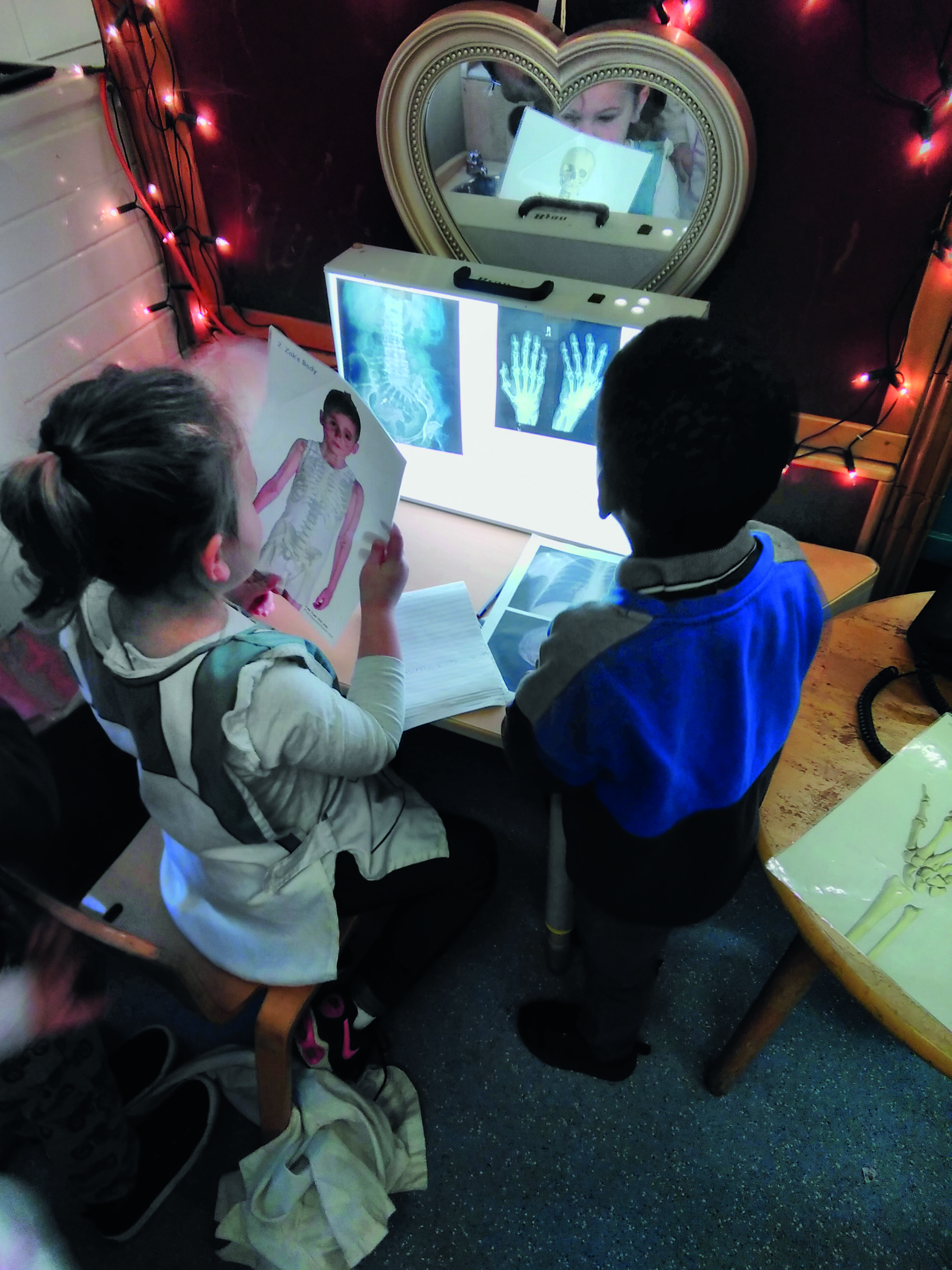
Exploring their skeleton and that of other creatures
Staff shared the book Funnybones by Janet and Allan Ahlberg with the children, which inspired them to think about their own skeletons. A parent had previously donated X-rays that were taken when they had damaged their back. Children were intrigued to look at the X-ray on a lightbox and to see all the different vertebrae and how they interlock to form the spine.
The children then felt the bones running from the base of the skull to their lower back and discussed how their spine is able to move because it is not one continuous bone. They also learned how the vertebrae protect the spinal cord and hold the body’s weight.
Children had fun learning the words to ‘Dem Bones’ and singing about how their bones all connect together to form a skeleton. They used the lightbox to scrutinise X-rays of animals and compare the differences between the skeletons of different species. Children also looked at slides of creatures such as bees under a microscope.
The children’s interest in bones could be seen in their medical role play. Staff added crutches and bandages to the hospital area to extend their play. They also bought some plaster cast kits and helped the children to make casts of their limbs. They were intrigued by how the cast went hard as it dried. Some children made moulds and painted them.
SKIN DEEP
Noticing differences in their appearance
Exploring the differences between humans and other creatures provoked some children to discuss the differences of their own appearances. The nursery staff and children are from a diverse cultural background and the children spoke about the differences in their skin colours, eye and hair colours and different hair types.
Children also noticed that some people wear glasses and discussed how they help them to see better.
‘It was a good opportunity to talk about our differences but that, as we had found out, we are all the same on the inside and we are all friends,’ says Ms Sturges.
AT FIRST HAND
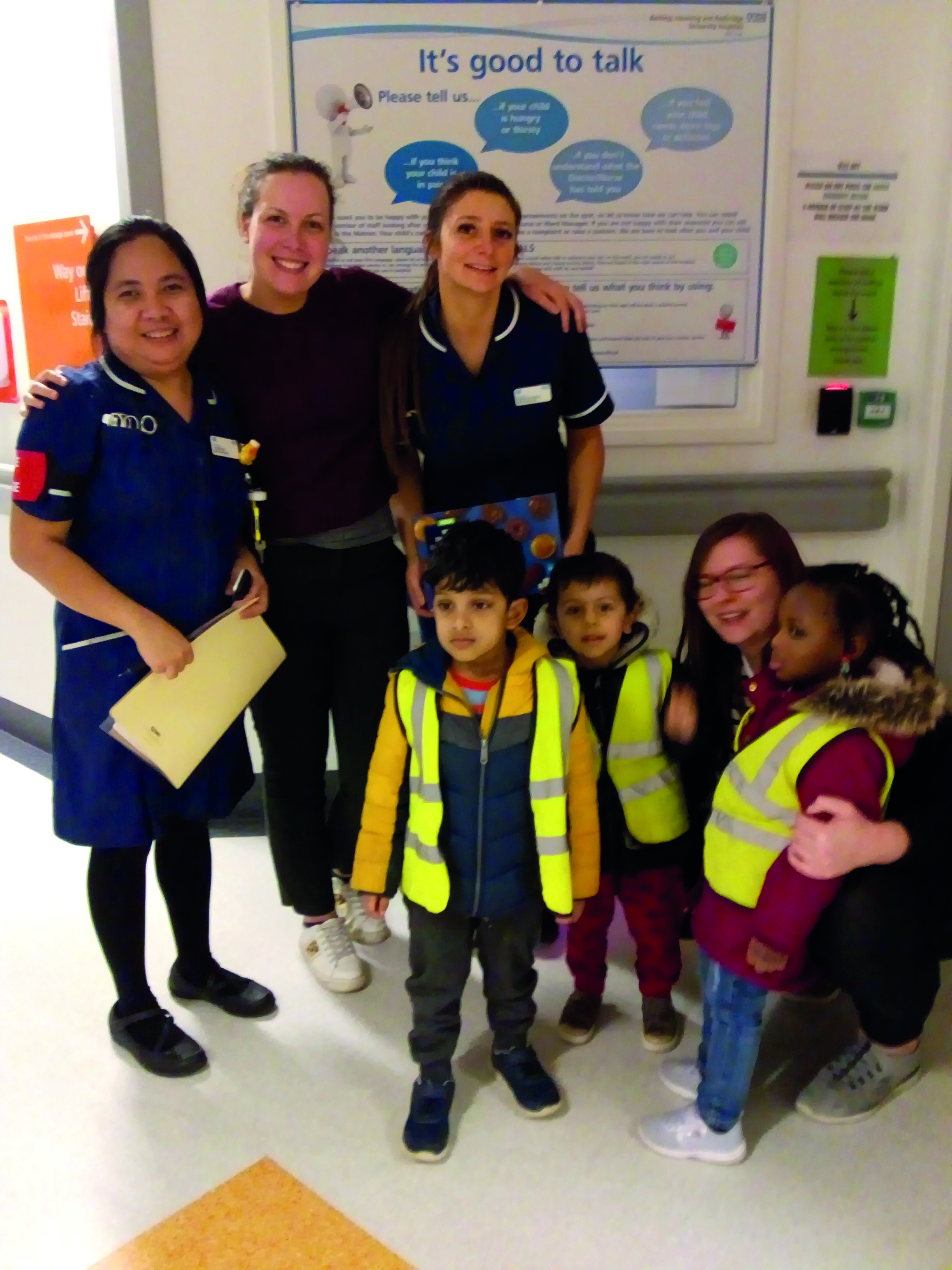
Visiting a hospital
Staff had arranged for the children to visit the plaster room at their local hospital to see how the medical staff make and fit plaster casts, braces and splints. Unfortunately, the visit had to be postponed because of the coronavirus outbreak but, luckily, some children did manage to visit the hospital before lockdown.
‘We like to bring children’s investigations to life by inviting people into the nursery or going on visits,’ says Ms Sturges. ‘It is good to talk about things, but if children can have a real experience then they can understand much more and it extends their learning. At LEYF we try to be involved in the local community as much as possible.
‘The children were amazed by the size of the hospital and how busy it is. They were excited to see ambulances arriving at the hospital and paramedics, porters, doctors and nurses walking around.’
They visited the maternity ward to donate some baby items and got to speak to a midwife about her job and see her uniform. They spoke about how they look after the newborn babies, and one child talked about his new baby brother.
MASKS AND GLOVES
Learning about germs
During lockdown, children continued their hospital role play and staff spoke about the amazing work that medical professionals were doing to help people who were ill. They also discussed coronavirus and what can be done to lessen the spread of germs.
Staff added masks and gloves to the hospital role-play area. Ms Sturges thinks that the investigations helped them to make sense of the situation and reassure some children. ‘One boy in particular talks about coronavirus a lot during his play,’ she says. ‘If a child coughs, he will comment that they may have the virus and that they should wash their hands. The children have learned a lot from all the discussions around medical issues and their bodies.’
BOOK CORNER
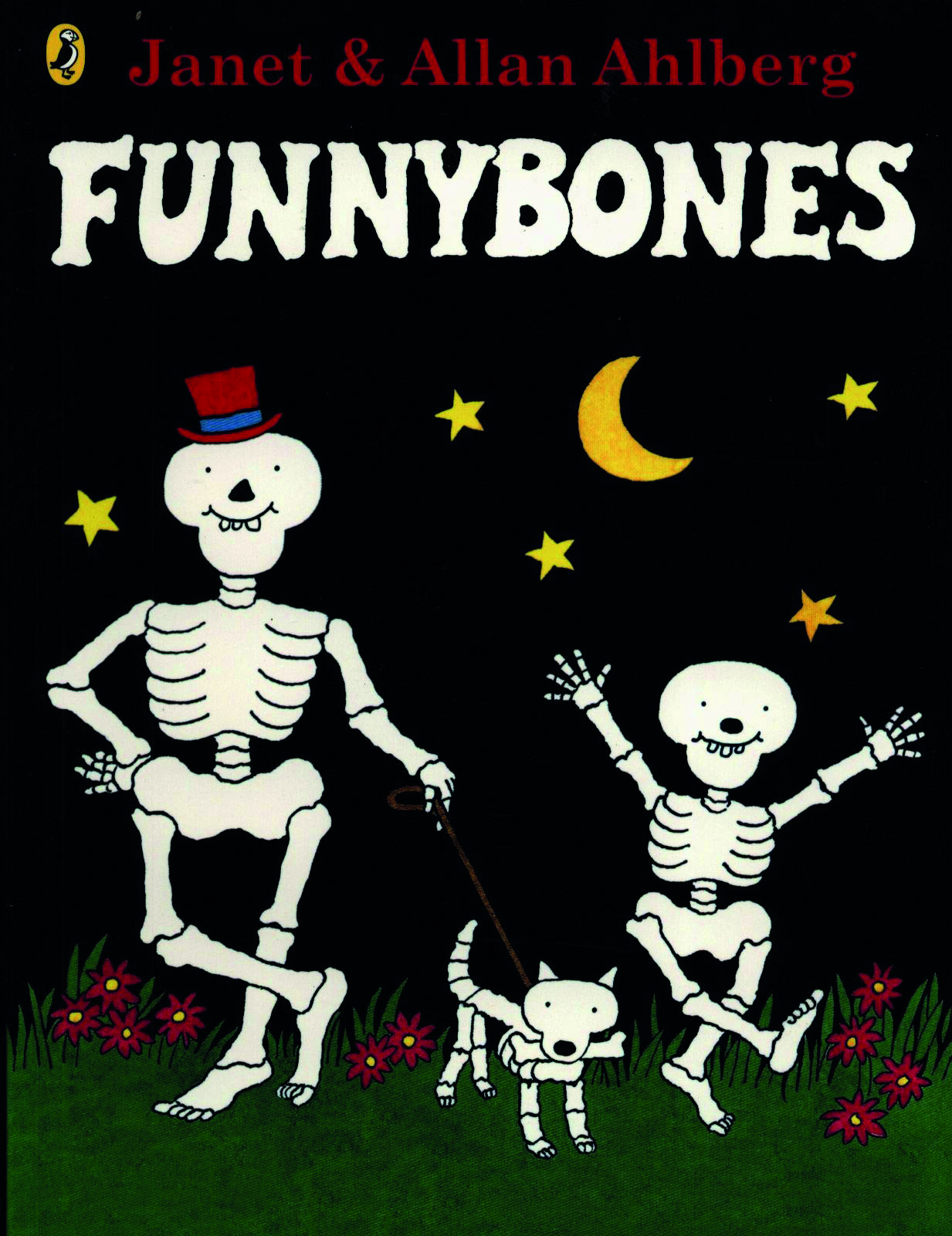 Funnybones by Janet and Allan Ahlberg
Funnybones by Janet and Allan Ahlberg
Friendly skeletons, dogs with horrific injuries (don’t worry), ghosts, songs and parrots add up to a great story.
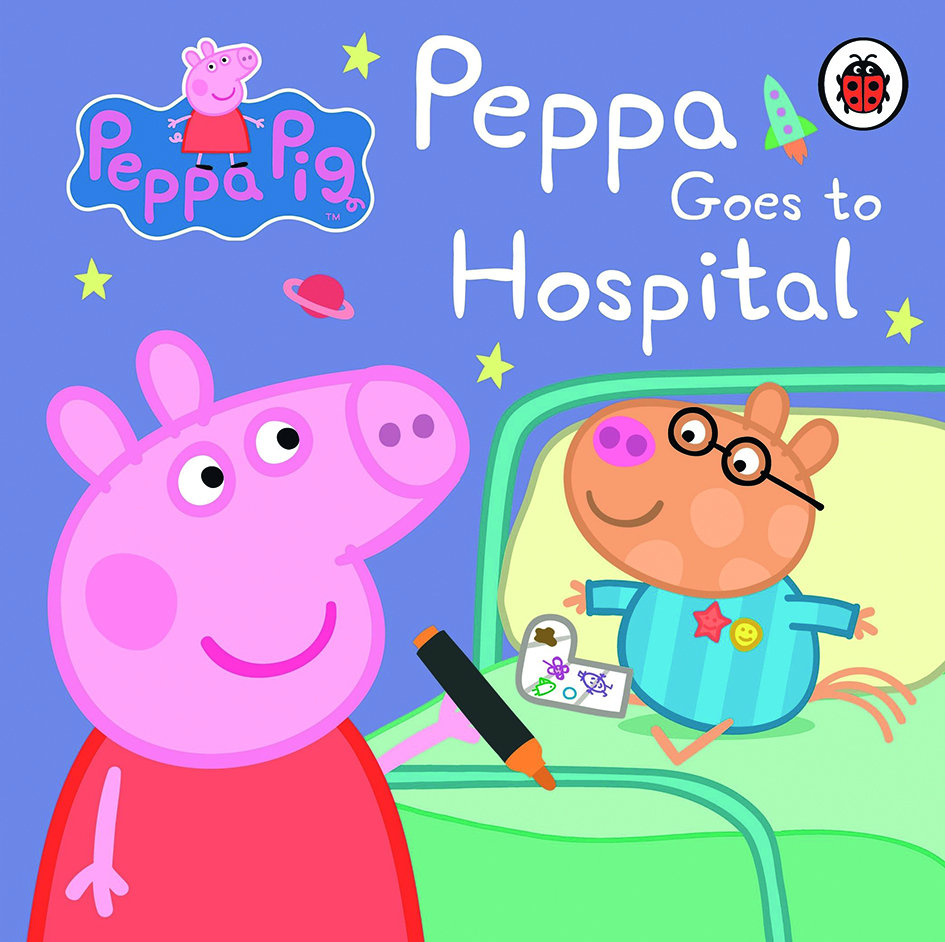 Peppa Pig: Peppa Goes to Hospital
Peppa Pig: Peppa Goes to Hospital
Peppa Pig and friends visit Pedro Pony in hospital. When Pedro shows them around, they discover that the hospital isn’t so scary after all.
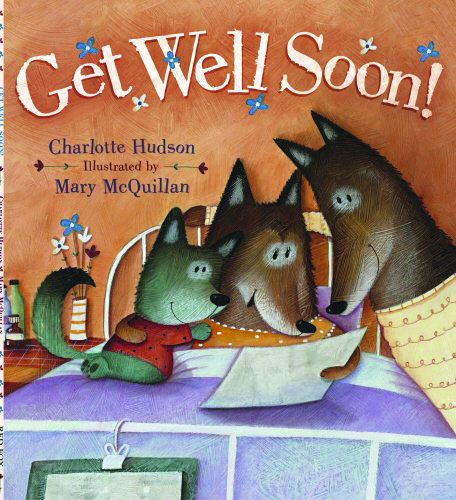 Get Well Soon! by Charlotte Hudson and Mary McQuillan
Get Well Soon! by Charlotte Hudson and Mary McQuillan
Wobbily Fang’s mummy looks all wrong in the strange hospital room. ‘When are you coming home?’ he asks. An endearing book addressing the sensitive subject of an ill parent.
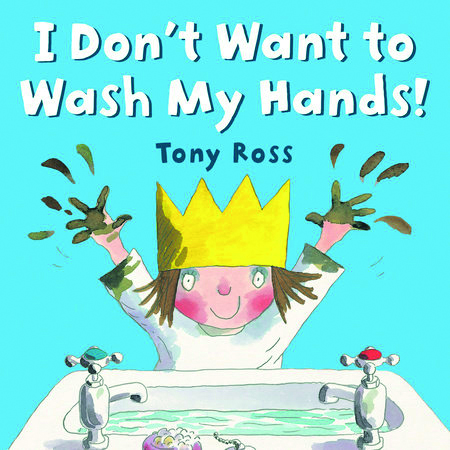 I Don’t Want to Wash My Hands! by Tony Ross
I Don’t Want to Wash My Hands! by Tony Ross
The Little Princess loves getting her hands dirty but hates washing them –until she learns all about the horrible things that lurk and make you ill.
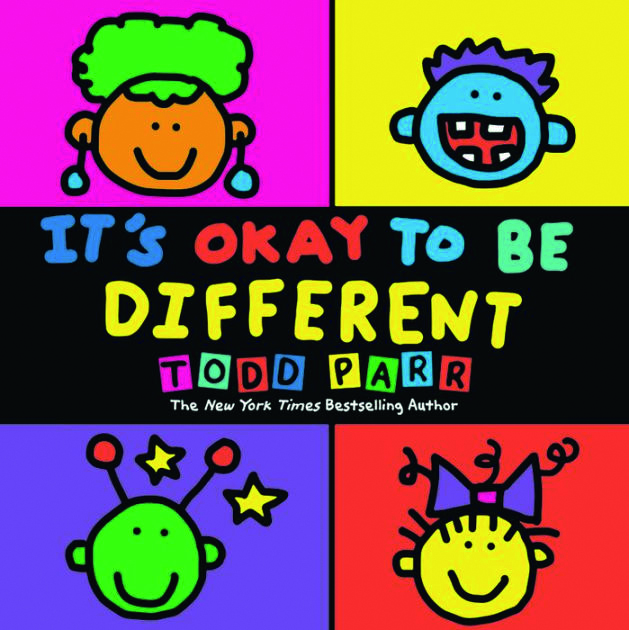 It’s Okay to Be Different by Todd Parr
It’s Okay to Be Different by Todd Parr
Bold and silly scenes deliver the important messages of acceptance, understanding and confidence so that children can celebrate their individuality.
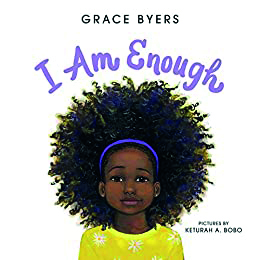 I Am Enough by Grace Byers and Keturah A Bobo
I Am Enough by Grace Byers and Keturah A Bobo
A lyrical ode to loving who you are, respecting other people and being kind to each other.
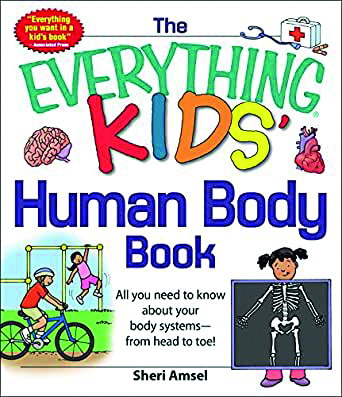 The Everything KIDS’ Human Body Book by Sheri Amsel
The Everything KIDS’ Human Body Book by Sheri Amsel
Find out about your muscles, nerves, skin, bones and joints, circulation system, digestion and more.
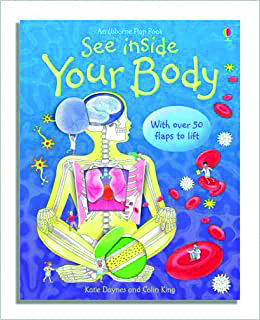 See Inside Your Body by Katie Daynes and Colin King
See Inside Your Body by Katie Daynes and Colin King
Discover the inner workings of the human body in a humorous, yet wholly accurate, way – through illustrations, diagrams and witty and informative text.









